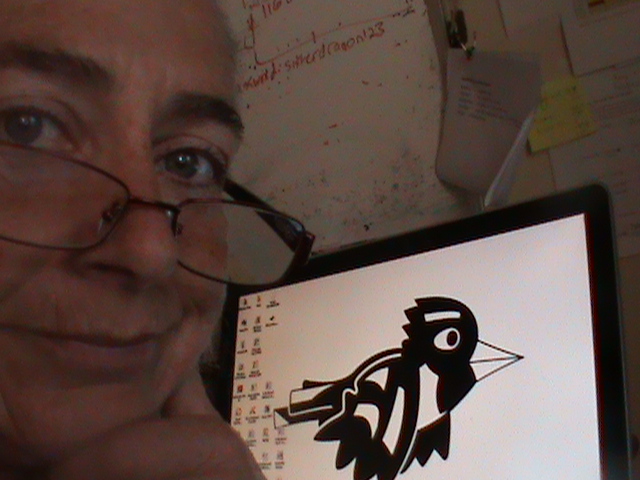Blog
Writers and editors – how our clients’ needs changed, as a result of COVID19

When you are running a writing or editing business, you need to understand the needs and expectations of your clients, and (2) adapt your business practices to meet those needs and expectations. This was especially the case during COVID-19.
Note: the below article relates to writing and editing businesses in AustraliaI have left it here, on this blog, for historical purposes. I have not edited it.
Consultation-intensive businesses during COVID
A ‘consultation-intensive business’ is a business that relies heavily on verbal communication or consultation with clients – via face to face or online – to provide its services.
Consultation-intensive businesses include writing and editing businesses and freelancers, business advisors, financial advisors, IT specialists, advertising and communications advisors, graphic designers, accountants, counsellors, medical specialists and others.
my writing and editing business
Writing and editing businesses all rely on consultations with their clients, to a more or lesser extent (depending on the project).
My business specialises in life story writing, editing memoirs, and producing self-published books for my clients. We also edit other types of books (history, academic, fiction, poetry), as well as policies and reports.
Life story writing is consultation-intensive, and so is editing poetry and, to a point, editing fiction and memoirs. On the other hand, editing academic or history publications, or reports or policies, requires far less consultation.
For information about the level of consultation required for the different types of editing we do, at On Time Typing, Editing and Proofreading, go to: The tools we use to communicate with our clients.
How business and client expectations have changed due to COVID
I have been consulting with my clients remotely via telephone or Zoom for many years. But then, most of my clients live interstate so we could not easily meet face to face. Usually, pre-COVID19, when my client was local, I would meet them face to face as a matter of course. Because that was expected, and normal, back then.
However, face to face meetings are not expected, or normal, now.
Nowadays, all my clients expect that I will complete the writing or editing project remotely, without ever meeting them face to face. And most of them expect me to be able to consult with them online whenever necessary.
In turn, I expect my clients to be able to communicate with me via telephone, and if the writing or editing job is going to need verbal consultation, I hope my clients will feel comfortable using online methods (such as Zoom) if that is the most efficient and effective way to get the job done. When my clients are not comfortable using online communication methods, then we work around that.
Is the videoconferencing trend not just a phase, but the ‘new norm’?
While communicating via videoconference can convey everything it needs to in a business sense, it is indeed a ‘virtual’ meeting. Speaking to your client via Zoom just doesn’t give you that personal ‘vibe’ that you get when you’re actually in a room together, face to face. It doesn’t allow you to shake hands, or emanate ‘feeling’ the way that you can when you are sitting across a table.
However, even after the COVID19 social distancing restrictions have been relaxed, many businesses and individuals will continue to use videoconferencing, email and telephone as their main method of communication when doing business – because meeting online or via telephone saves the time and travel costs, and is a more efficient way of doing business.
For more information, go to: Marketing your business after COVID-19
Image: Copyright SW Kane.
Back To Blog

